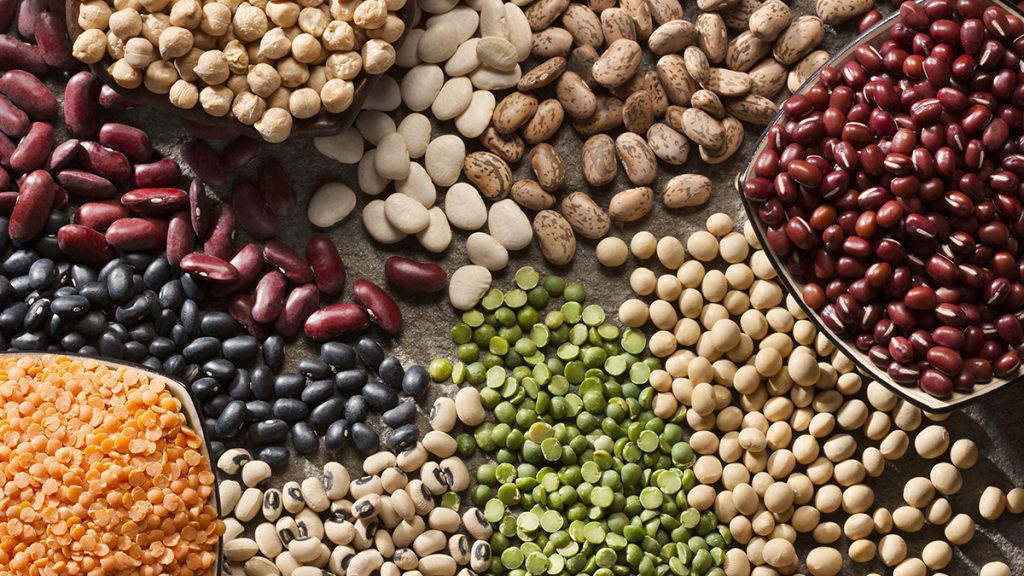
Legumes are an important food group for all of us, and this is especially true if we are following a vegetarian or vegan diet.
When it comes to the legume family, we typically consume the seeds or fruits of the plants, also commonly known as pulses. Chickpeas, lentils, soybeans or edamame, peanuts and beans such as red kidney, adzuki, cannellini or black beans are some of the most well-known and commonly-eaten legumes. It might surprise you however, just how nutrient-dense this family of foods really are.
Legumes are good sources of both types of dietary fibre, soluble and insoluble, which both have different and important roles in maintaining healthy digestion and bowels. Soluble fibre helps to draw and maintain moisture into the contents of the gut, whilst insoluble fibre helps create bulk to move things through the bowels. Both work together to maintain our digestive health.
Legumes provide low GI carbohydrates for slow-release energy, plenty of protein for muscle growth and repair, and contain next to no saturated fat. But where these wee powerhouses really shine is their high micronutrient content, across a variety of vitamins and minerals.
Legumes are some of the best dietary sources of B vitamins, iron, calcium, copper, phosphorous, manganese, zinc and magnesium, all essential elements in our body’s daily metabolism. They’re also a good source of antioxidants.
We can buy legumes both dried, or pre-soaked in brine which tend to come in a can. Canned legumes, although packaged are minimally processed and still retain all their nutritional benefits, making them an easy, affordable and accessible food item. It’s incredible how much of a nutritional punch these pulses pack!

